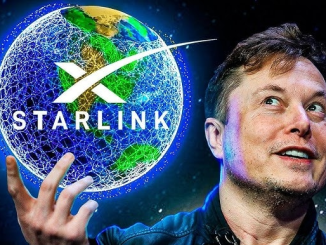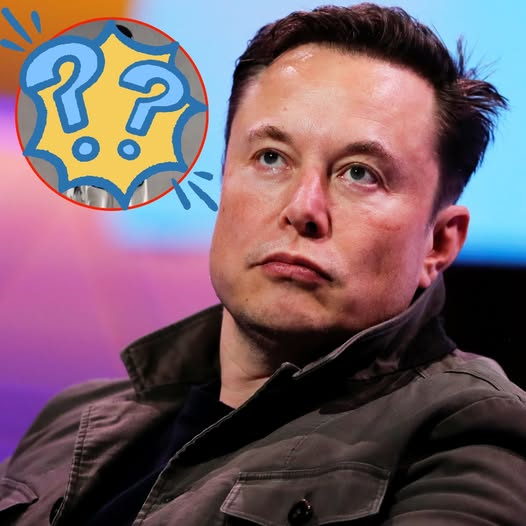
Elon Musk, the mastermind behind Tesla, SpaceX, and Neuralink, has consistently pushed the boundaries of innovation in electric vehicles, space exploration, and artificial intelligence. His ventures have redefined industries, cementing his status as one of the most influential entrepreneurs of our time. However, a new frontier is emerging—one that could challenge Musk’s technological dominance in an industry projected to be worth a staggering $10 trillion: humanoid robotics.
Tesla has been at the forefront of humanoid robotics development, investing heavily in its Optimus project. Yet, competition is intensifying, particularly from China, which is making rapid advancements in this field. The global race to develop humanoid robots is heating up, and Musk may no longer be the undisputed leader.
China’s Rapid Rise in Humanoid Robotics
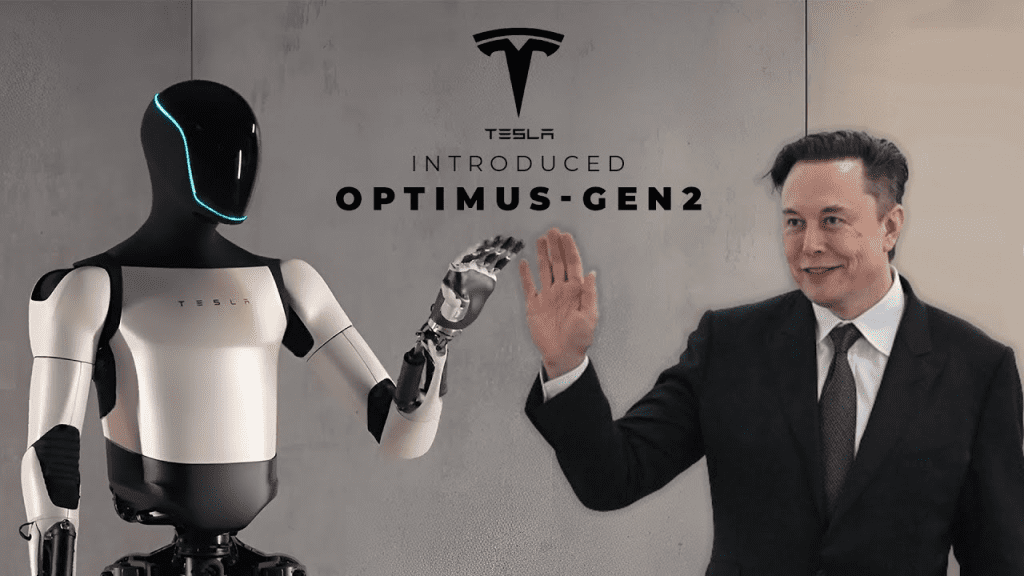
A striking example of China’s progress came in January when humanoid robots performed traditional dances during the Lunar New Year gala, one of the country’s most-watched televised events. These highly advanced robots, capable of executing martial arts, riding bicycles, and even performing acrobatic flips, captivated a global audience of over a billion people. The performance was not just a demonstration of technological prowess but also a bold statement that China intends to dominate this sector.
Videos of these robots went viral, amplified by Chinese state media, reinforcing the message that humanoid robotics is the future—and that China is determined to lead. While Tesla introduced its first Optimus prototype in 2022, China’s relentless pursuit of innovation is quickly closing the gap.
The Strategic Push by the Chinese Government
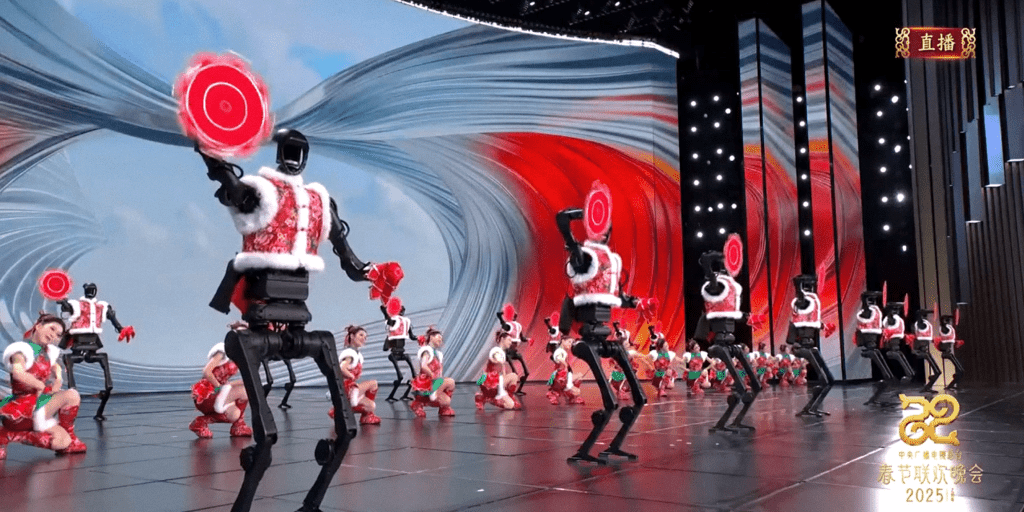
China’s ambitions in humanoid robotics are no accident. The government has identified the sector as a key pillar of technological competition. In a 2023 policy document, the Ministry of Industry and Information Technology outlined aggressive goals, including mass production of humanoid robots by 2025.
Much like its approach in the electric vehicle (EV) market—where companies like BYD, XPeng, and NIO have risen to prominence—China is leveraging state-backed investment and industrial expertise to accelerate progress in humanoid robotics. This strategic support is positioning Chinese firms to challenge Tesla’s Optimus head-on.
Price Wars: A Key Battlefield
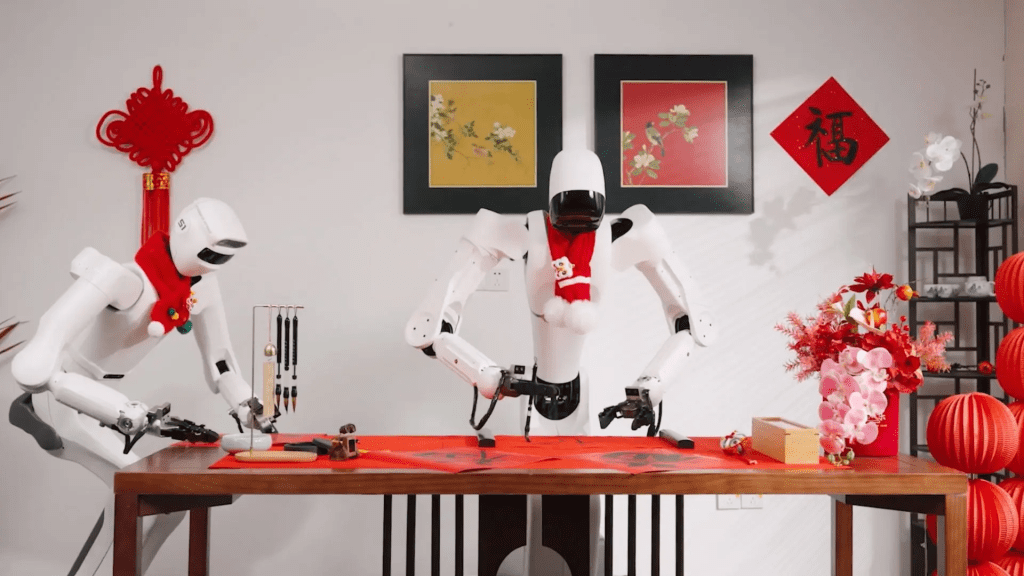
One of China’s most significant advantages in this race is its ability to scale production while keeping costs low. Shenzhen-based robotics company Unitree recently launched its G1 humanoid robot, capable of complex movements like a roundhouse kick, for just $13,697. In contrast, Tesla’s Optimus is estimated to cost between $20,000 and $30,000.
This price difference could prove decisive. Affordable robots mean wider adoption across industries, from manufacturing to healthcare, making them an attractive option for businesses looking to integrate automation. If Chinese companies continue to drive costs down while maintaining high performance, they could outpace Tesla in market penetration.
EV Giants Enter the Humanoid Race

China’s dominance in EV manufacturing is also fueling its humanoid robotics ambitions. Companies like BYD and XPeng are applying their experience in scaling production and optimizing costs to robotics development. XPeng, for instance, recently unveiled its Iron robot, slated for mass production by the end of 2025.
This cross-industry expertise gives Chinese firms an edge. Their well-established supply chains, access to advanced battery technology, and experience in automation could allow them to surpass Tesla in humanoid robotics, just as they’ve done in the EV sector.
The AI Arms Race
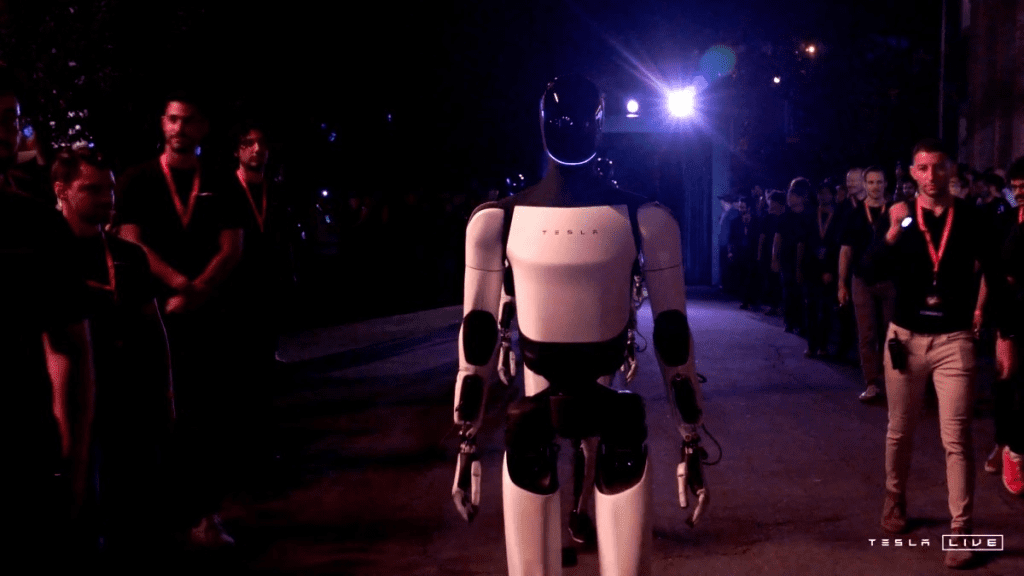
AI is the backbone of humanoid robotics, and while Tesla has been pioneering AI-driven automation, China is aggressively working to overcome any remaining technological barriers. One major hurdle is AI chip development—an area where companies like Nvidia currently lead. However, China is investing heavily in domestic chip production to achieve self-sufficiency.
Despite current limitations, Chinese firms are rapidly narrowing the gap. By integrating AI advancements with cost-effective hardware, they are positioning themselves as formidable contenders in the humanoid robotics sector.
The Trillion-Dollar Potential
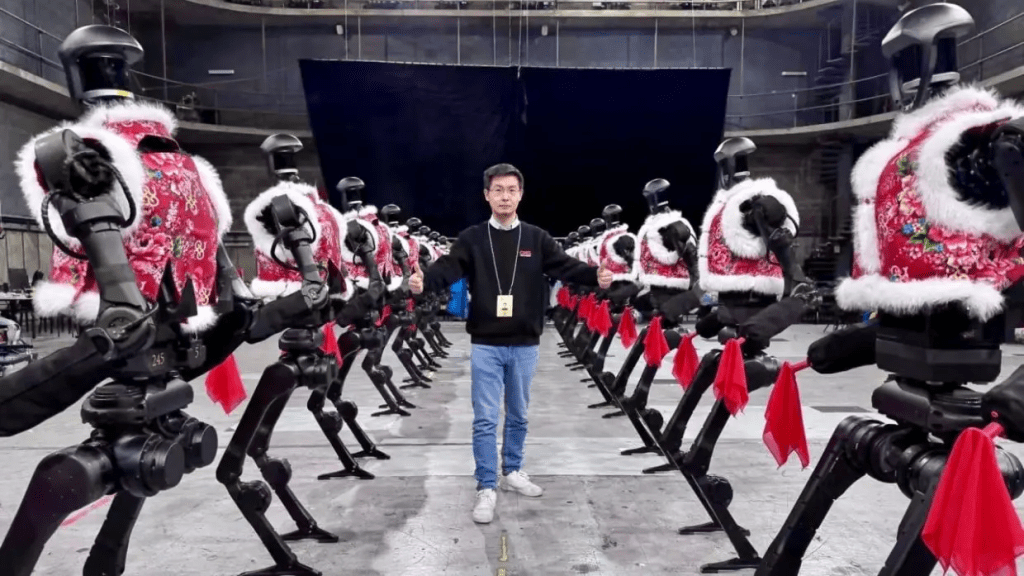
The long-term potential of humanoid robotics is immense. Goldman Sachs predicts that the industry could be worth $38 billion by 2035, with humanoid robots becoming increasingly common in industries such as healthcare, logistics, and construction. Some experts even anticipate that these robots will eventually be as ubiquitous as smartphones or automobiles, propelling the market into the trillions.
For China, this market represents an opportunity to address its shrinking workforce and solidify its position as a global technology leader. Backed by government initiatives and a well-established manufacturing ecosystem, China is well-equipped to dominate this industry.
Musk’s Challenge: Can Tesla Stay Ahead?
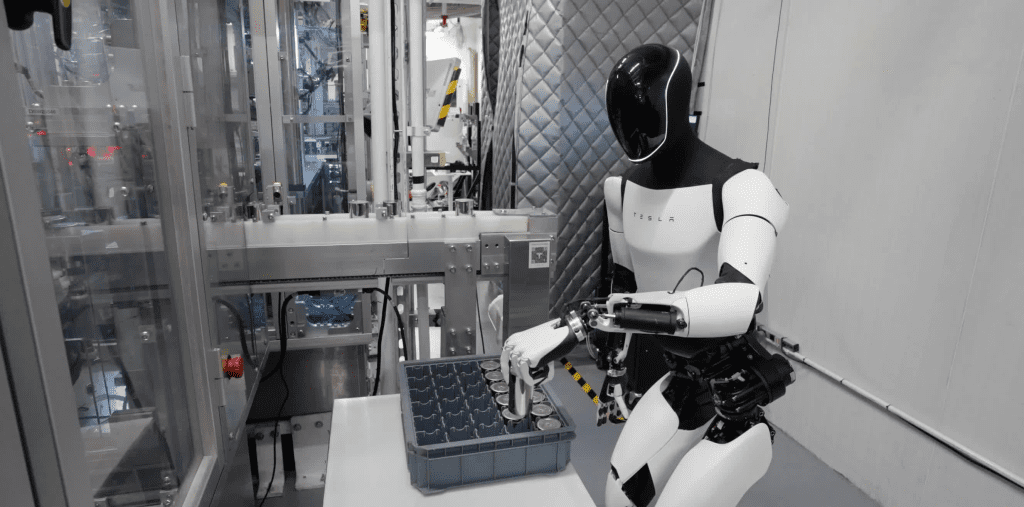
Elon Musk has always been a pioneer, but the humanoid robotics race presents a new challenge. While Tesla’s Optimus remains one of the most advanced humanoid robots in development, Chinese companies’ ability to scale production, reduce costs, and innovate rapidly threatens Tesla’s leadership.
Musk’s vision of a future filled with intelligent robots is becoming a reality—but the question remains: Will Tesla lead that future, or will Chinese firms overtake it? With China accelerating its investments and production capabilities, the competition is fiercer than ever.
As the humanoid robotics market continues to evolve, one thing is certain: this is a race that Musk cannot afford to ignore. The battle for dominance in this $10 trillion industry has only just begun, and the outcome will shape the technological landscape for decades to come.

